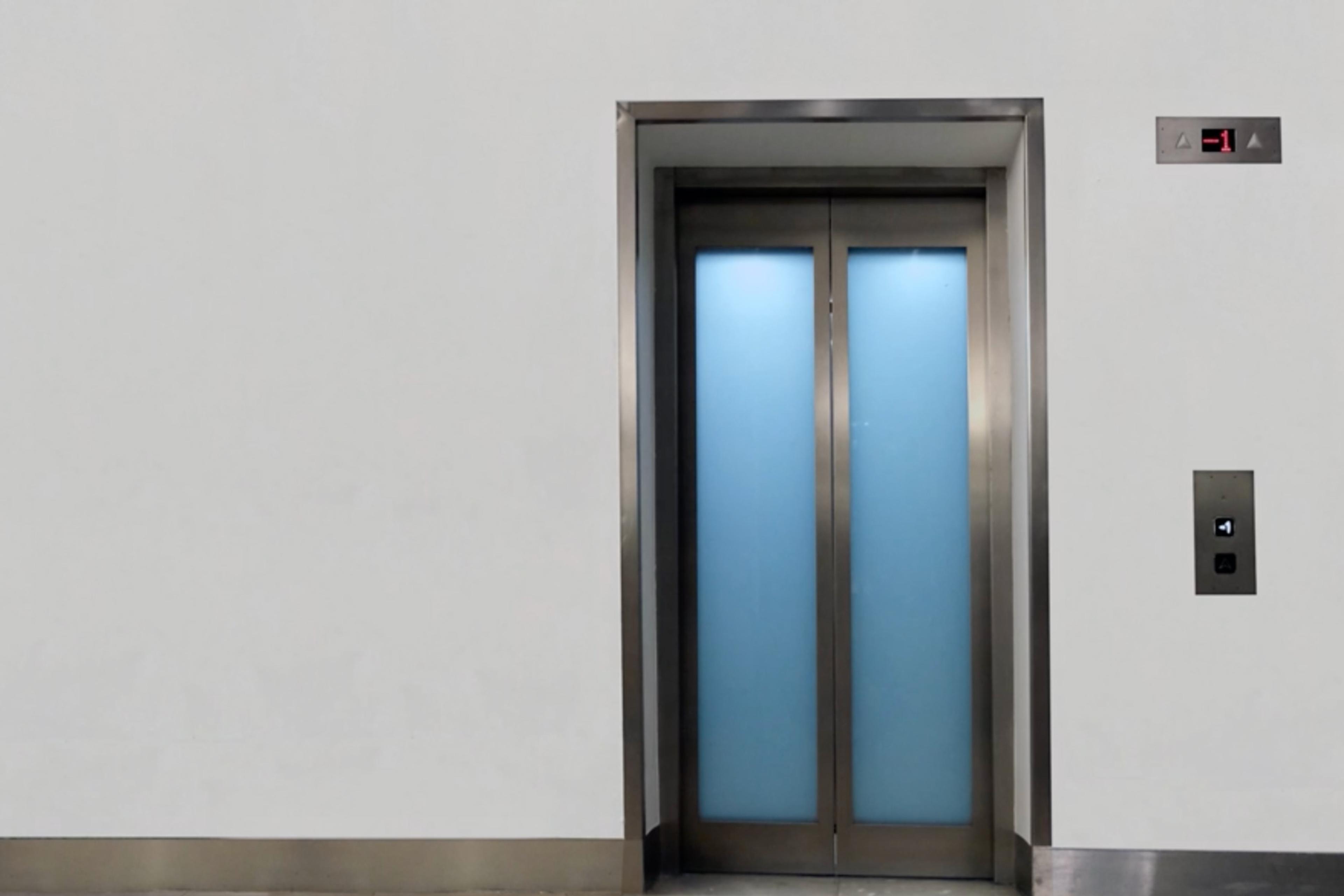
The neural reward that makes avoiding your fears feel so good
We’re told that facing our fears can help us overcome them – but this misses the other intoxicating part of the equation
by Muhammad Badarnee & Mohammed R Milad

We’re told that facing our fears can help us overcome them – but this misses the other intoxicating part of the equation
by Muhammad Badarnee & Mohammed R Milad
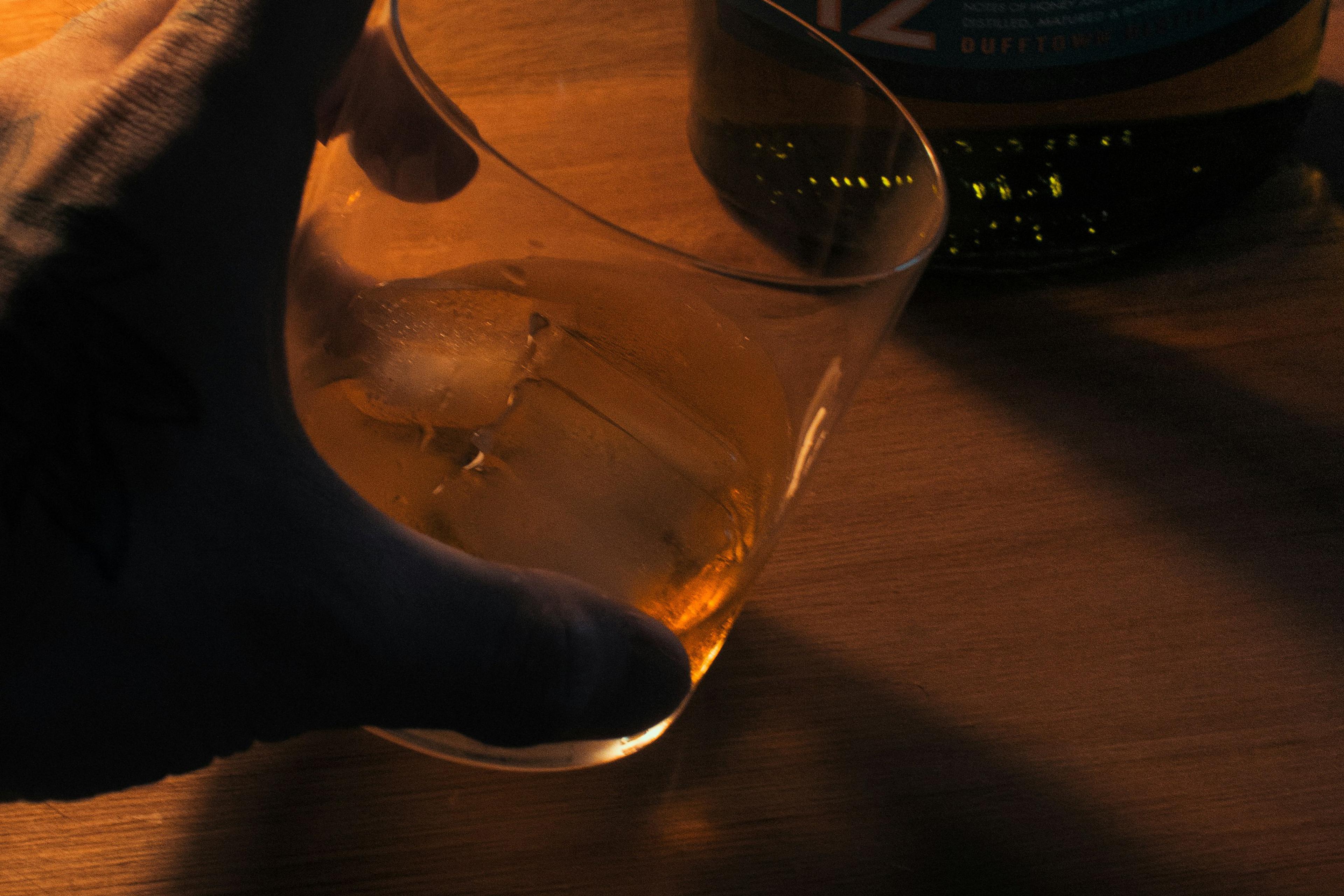

Chimpanzees favour the colour red. Junglefowl prefer symmetry. Our shared capacity for aesthetic pleasure is cause for wonder
by Brandon Keim
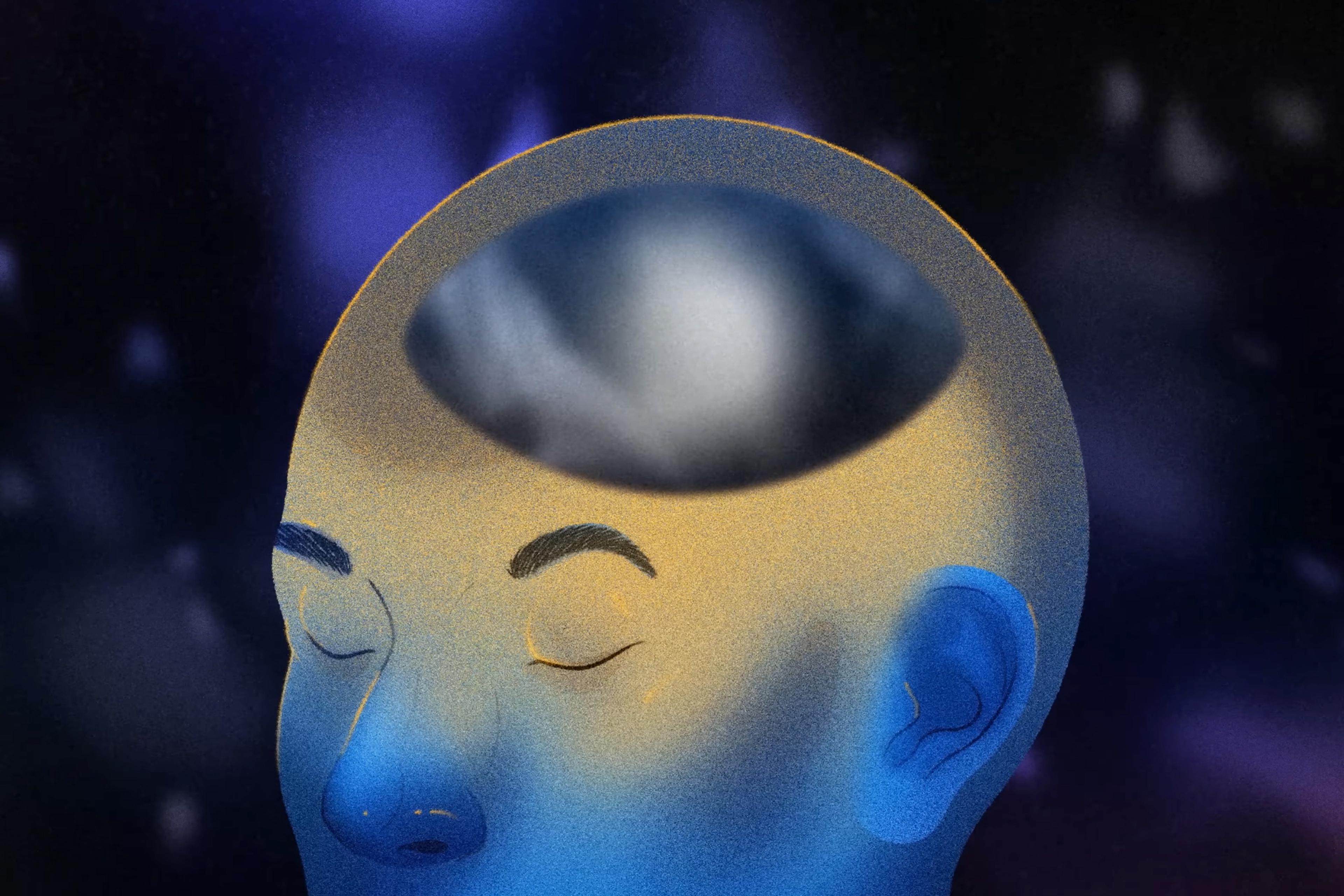
Video by Quanta Magazine

Something curious happens in two people’s brains during supportive interactions. It could help explain their emotional power
by Yarden Avnor & Simone Shamay-Tsoory
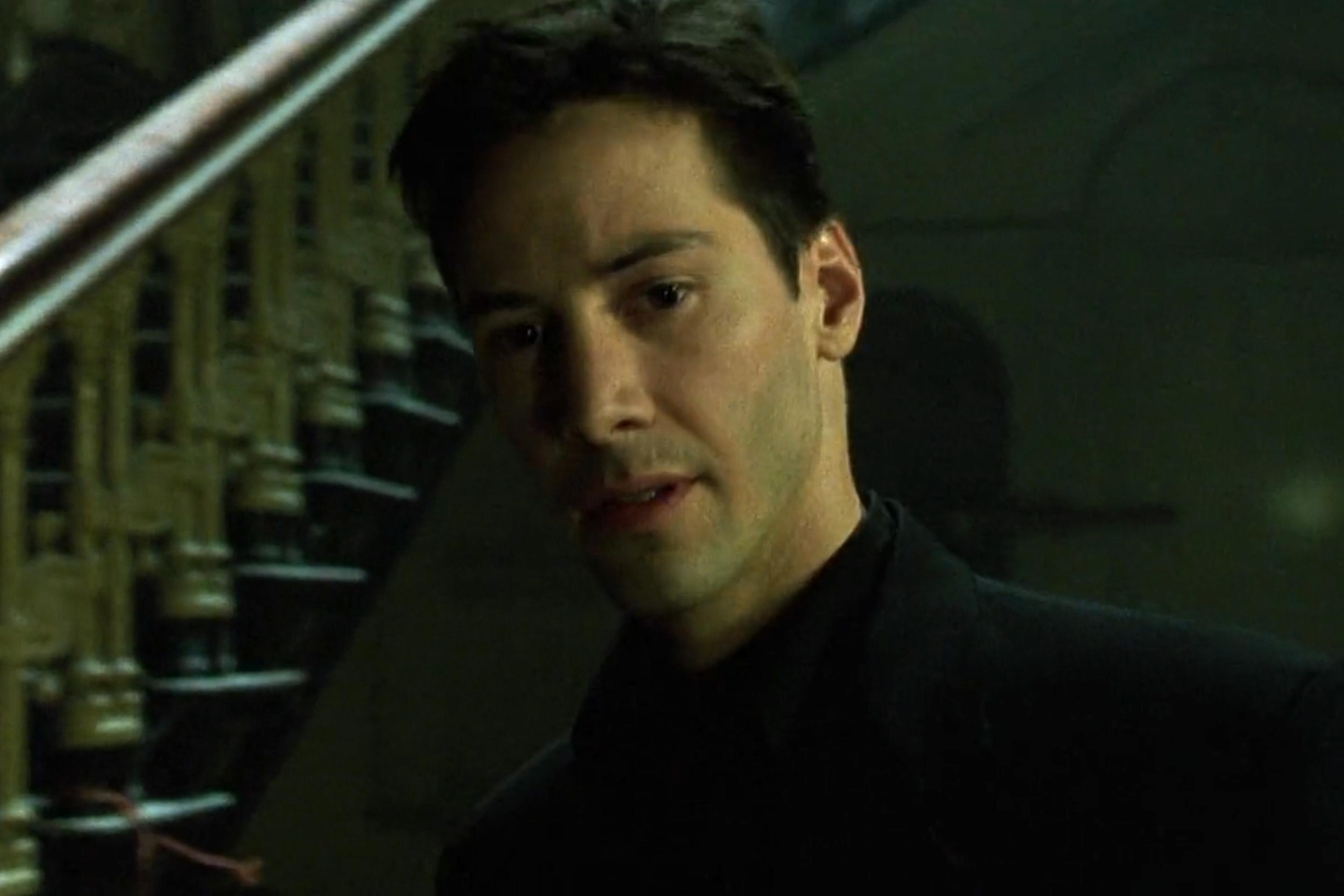
Video by BBC Ideas
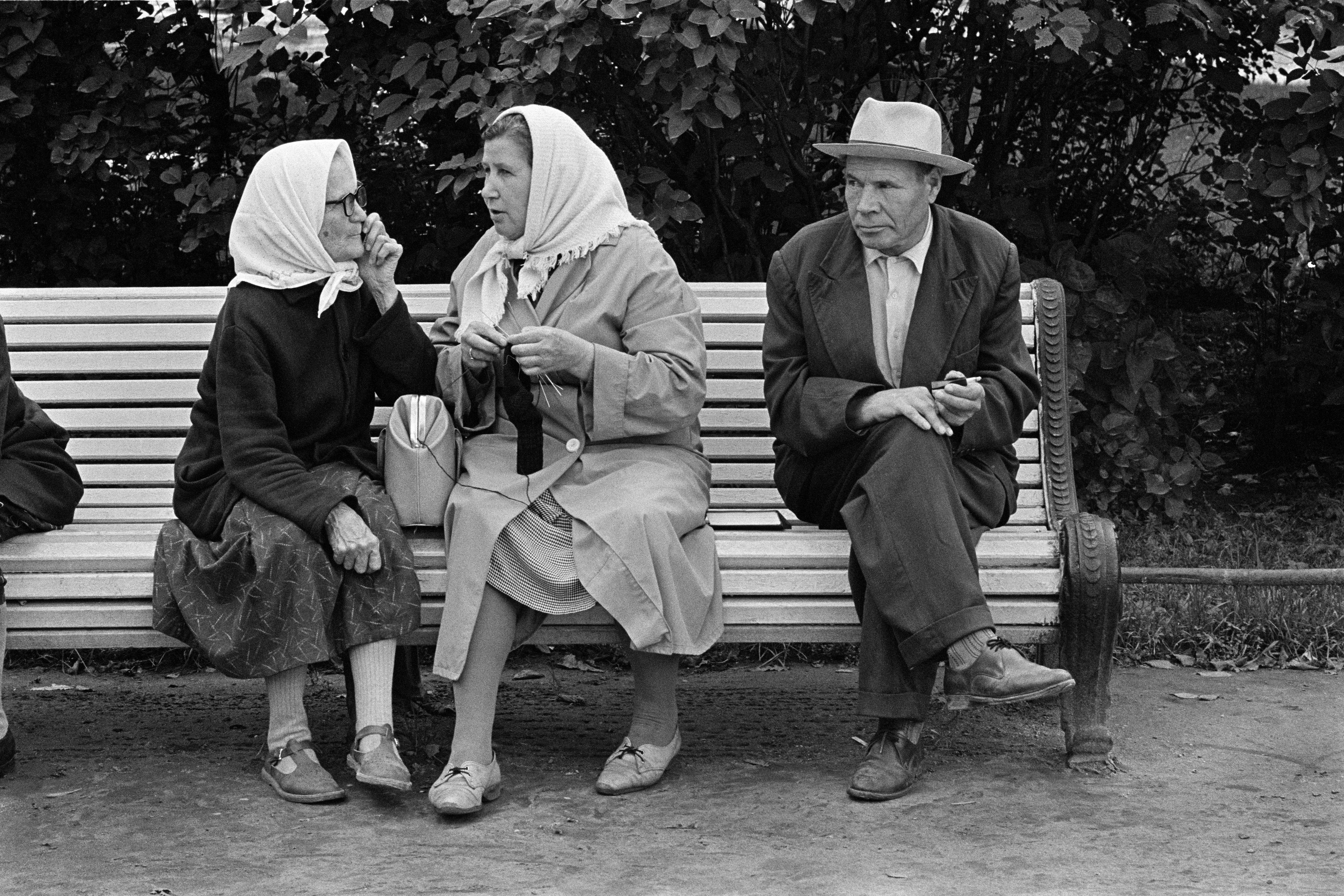
Whether an act seems ‘good’ depends on how you look at it. Brain research reveals what happens when the lens changes
by Clara Pretus & Jay Van Bavel
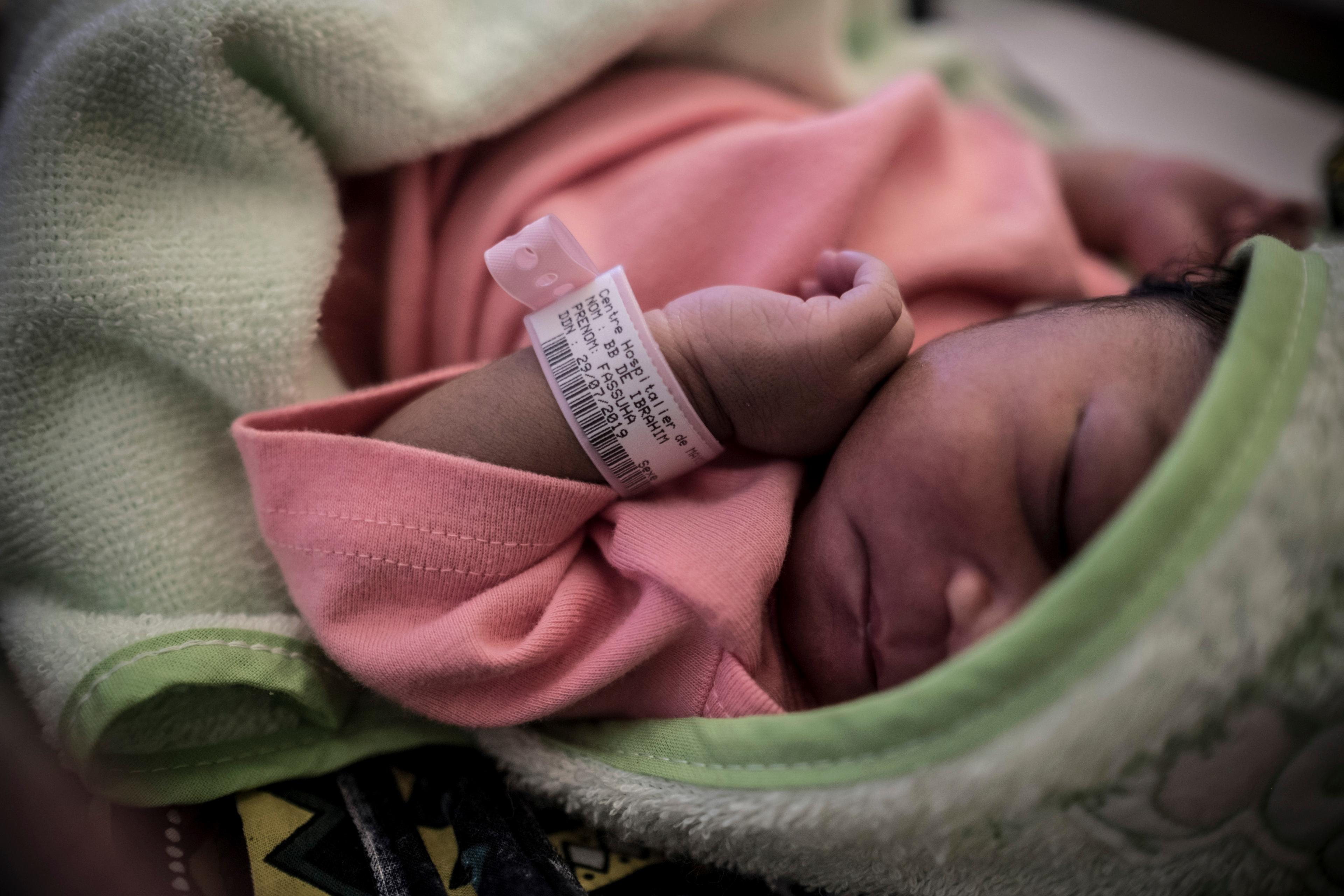
We can’t ask babies what they’re feeling, but ingenious new methods are shedding light on the origins of subjective awareness
by Joel Frohlich
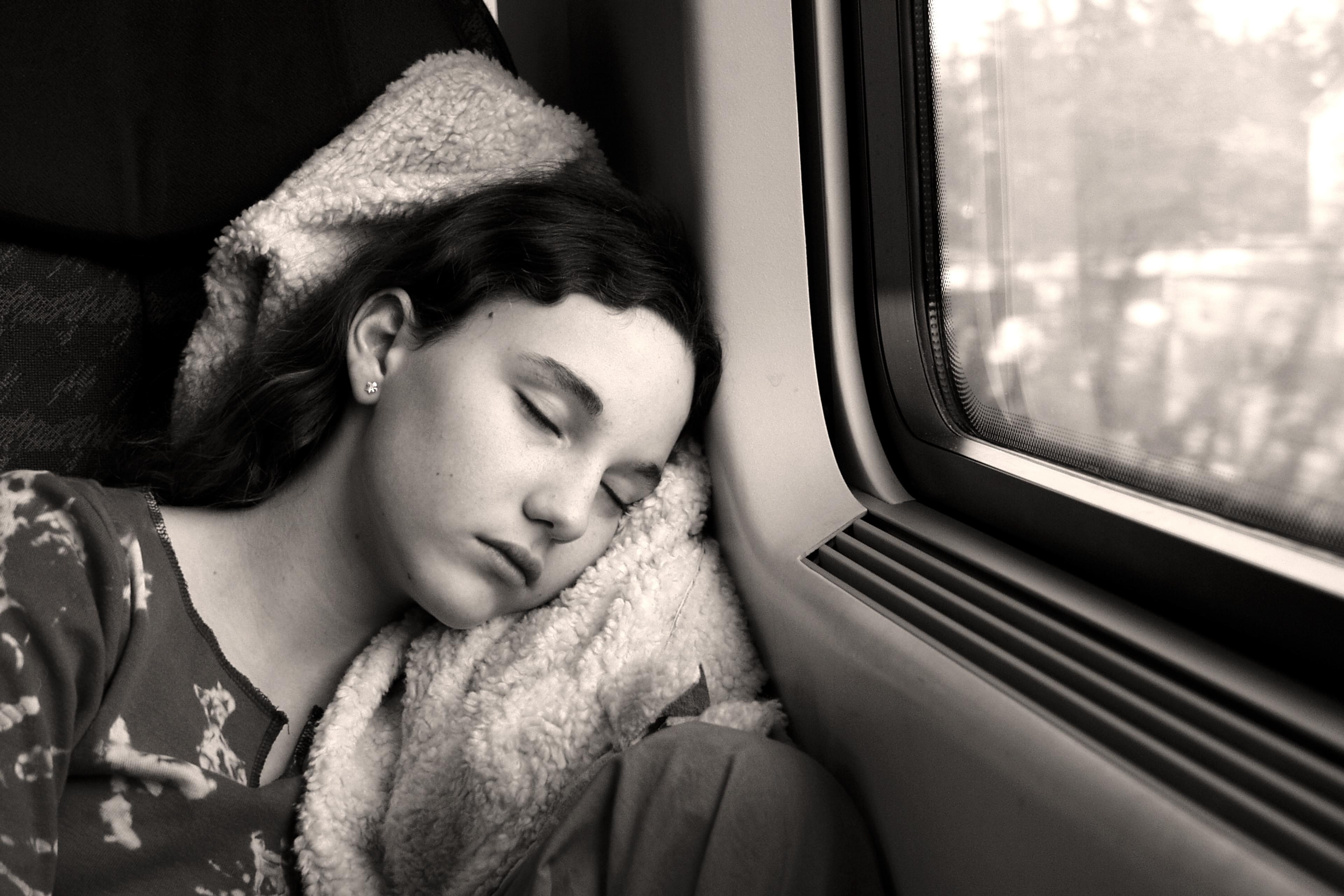
Neuroscientists are demystifying this in-between state, uncovering its role in memory processing and its creative potential
by Célia Lacaux
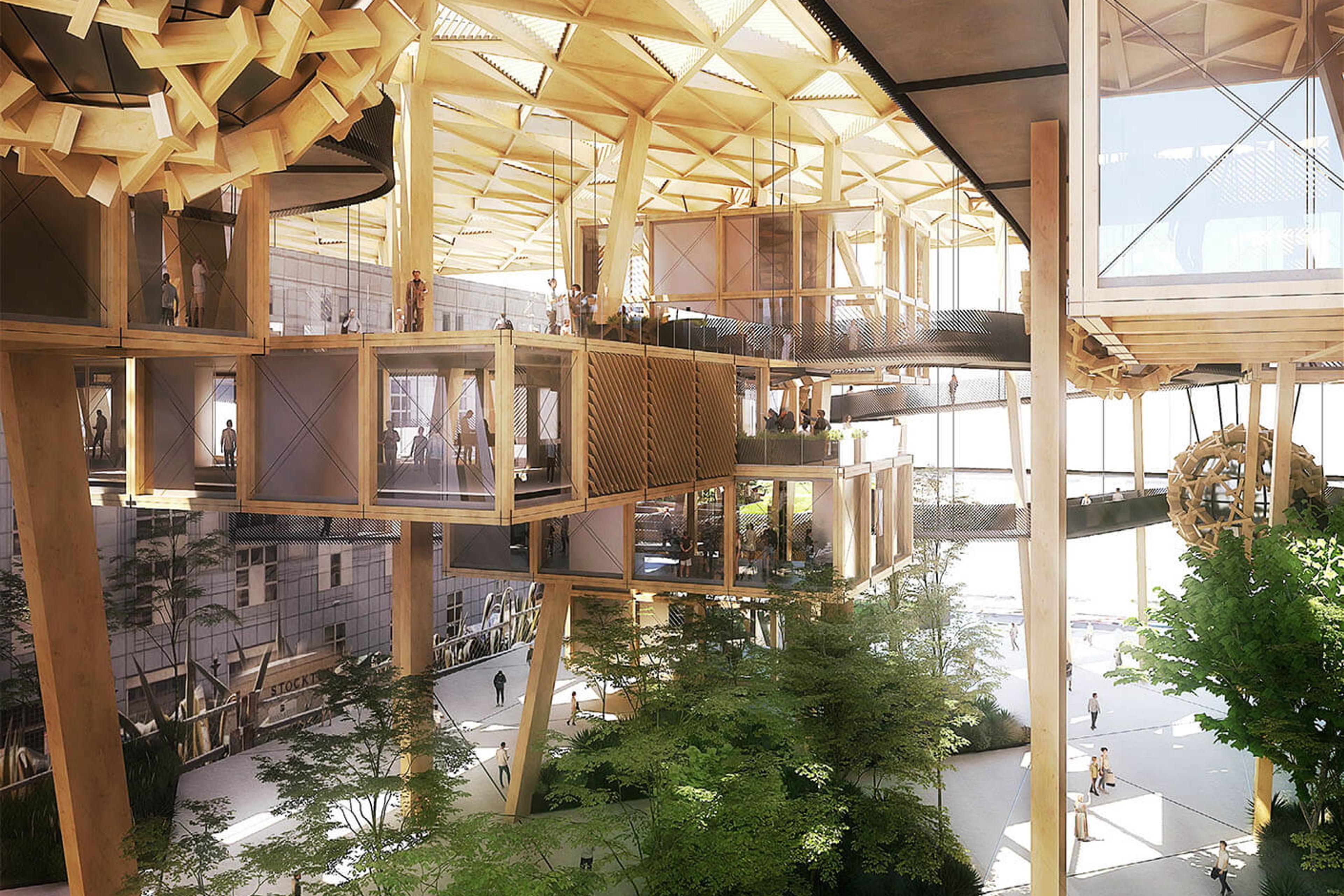
Cutting-edge research in the field of neuroarchitecture is revealing the public health implications of building design
by Cleo Valentine & Heather Mitcheltree
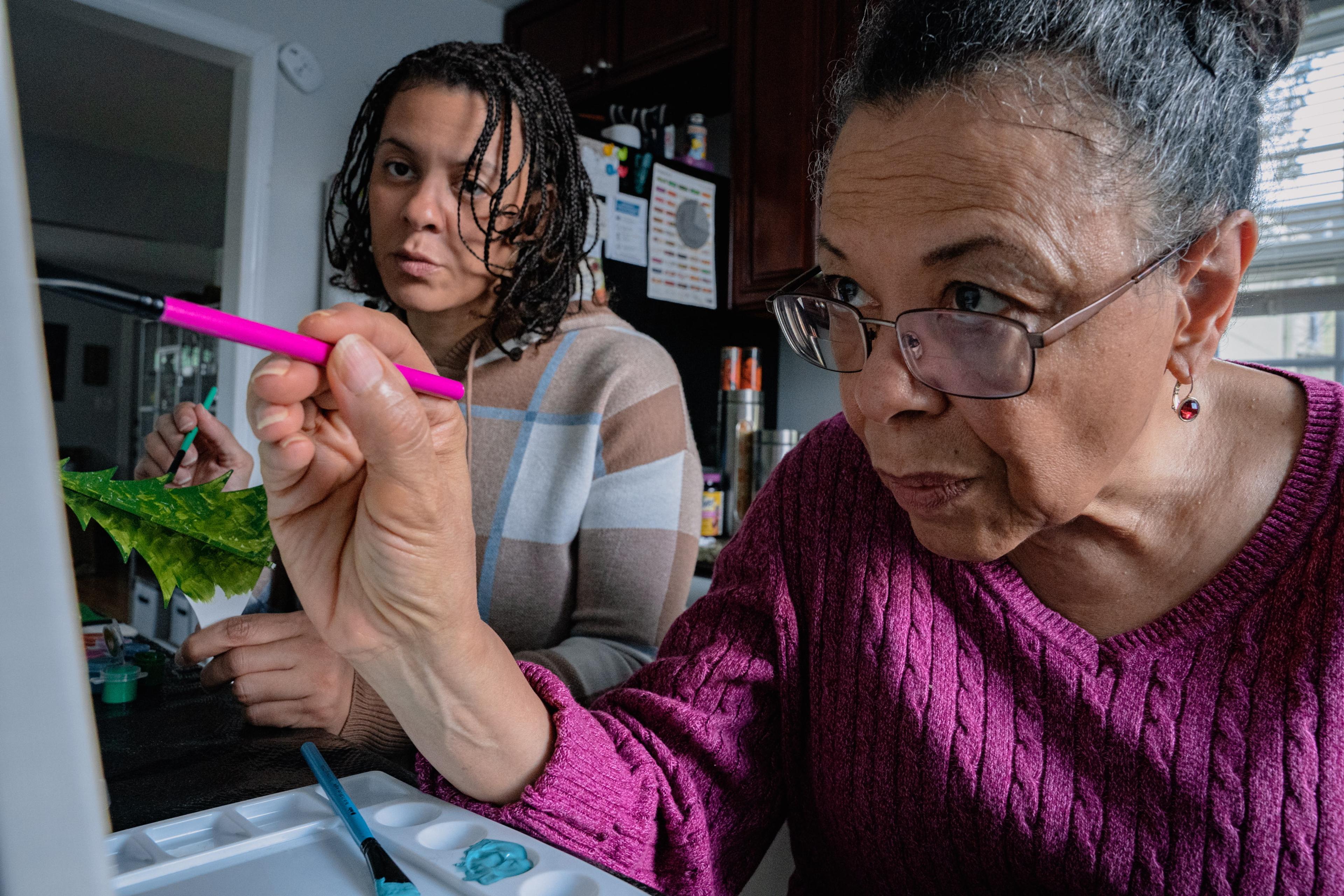
Advocates are reframing the syndrome as a different way of being – one in which potential for growth and connection endures
by Isabel Sutton
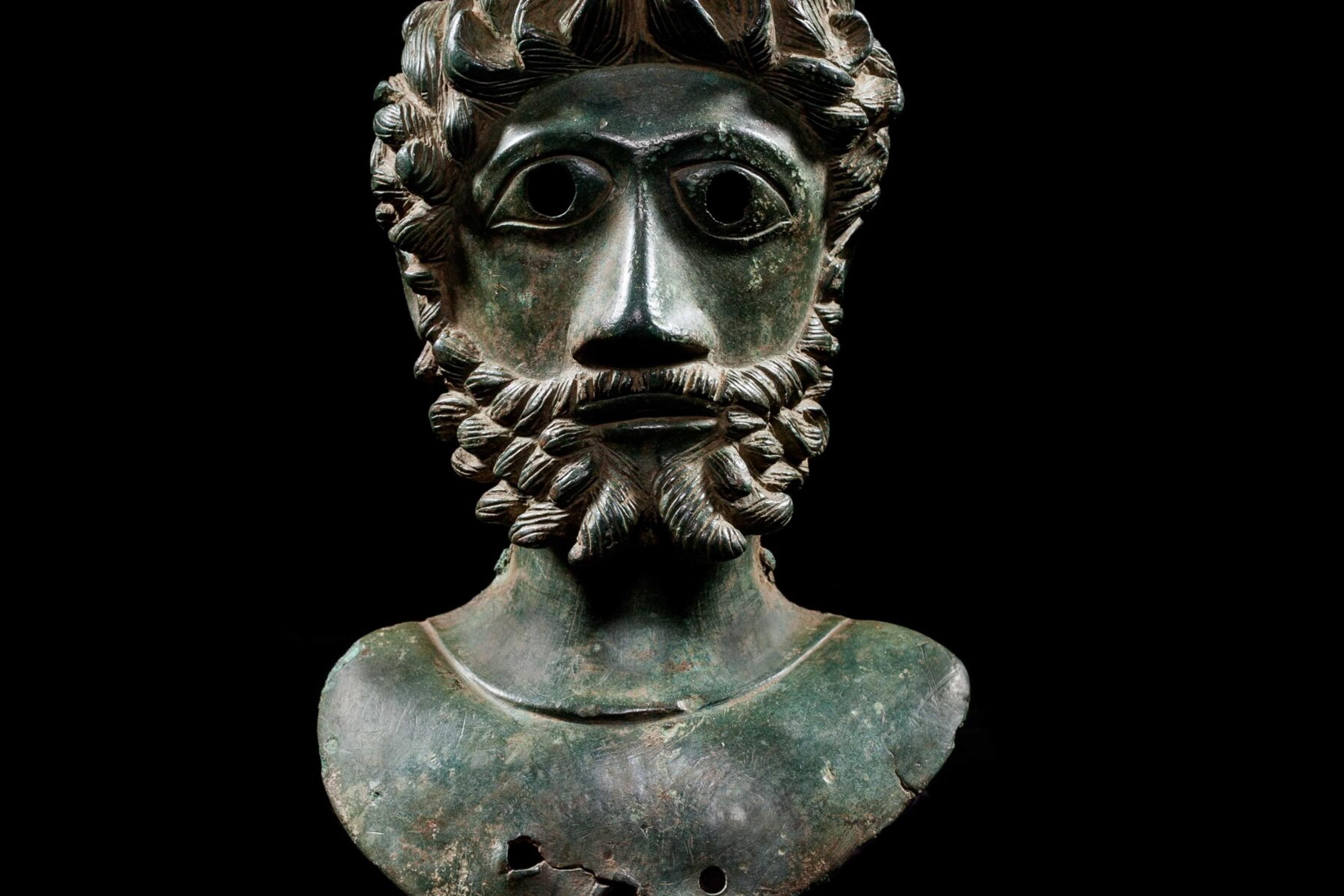
Both neuroscience and psychotherapy agree that you can change your mental framework as the Stoic Marcus Aurelius described
by István Darabán
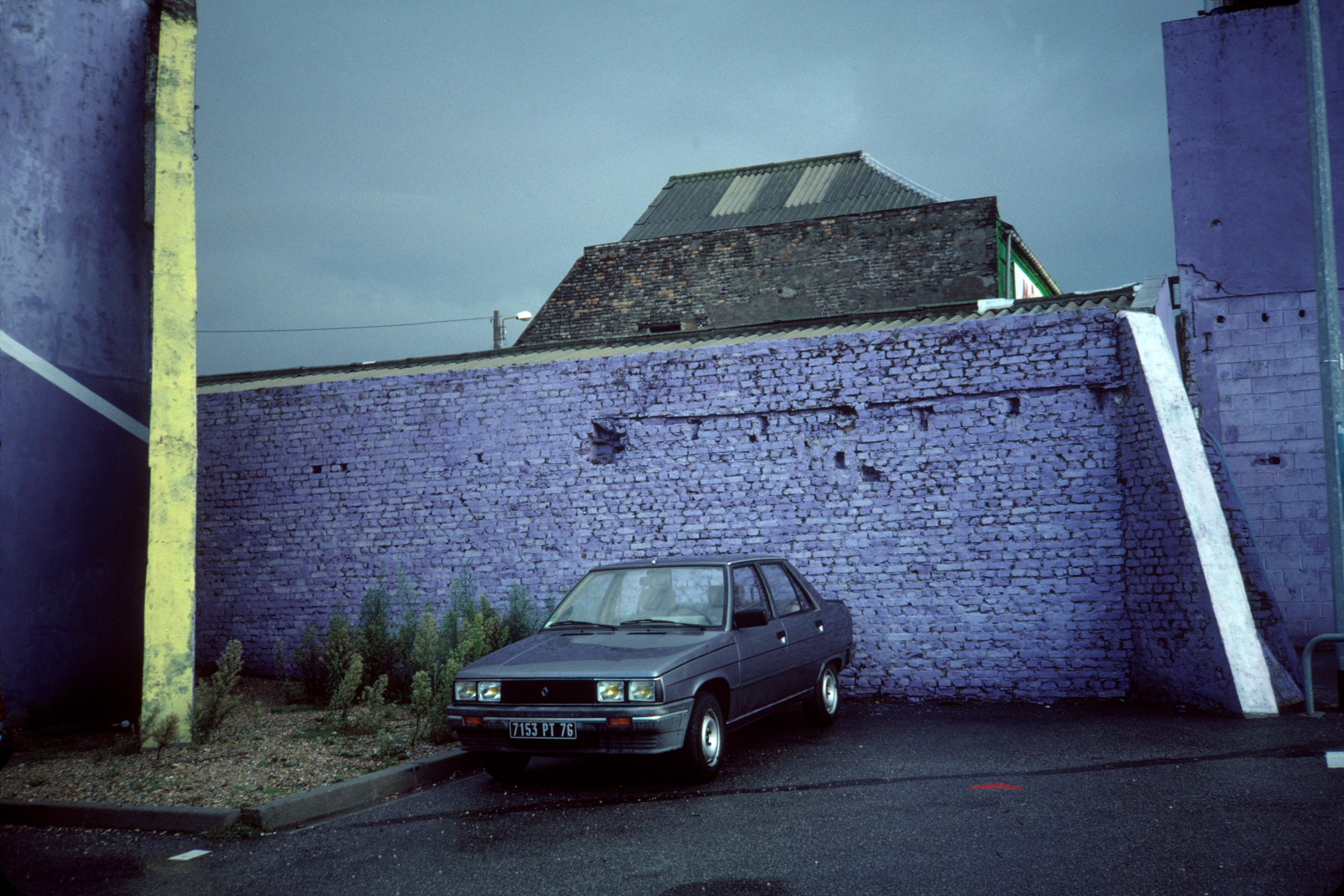
In terms of brain activity, imagining something is very similar to seeing it, so why don’t you confuse the two more often?
by Shayla Love
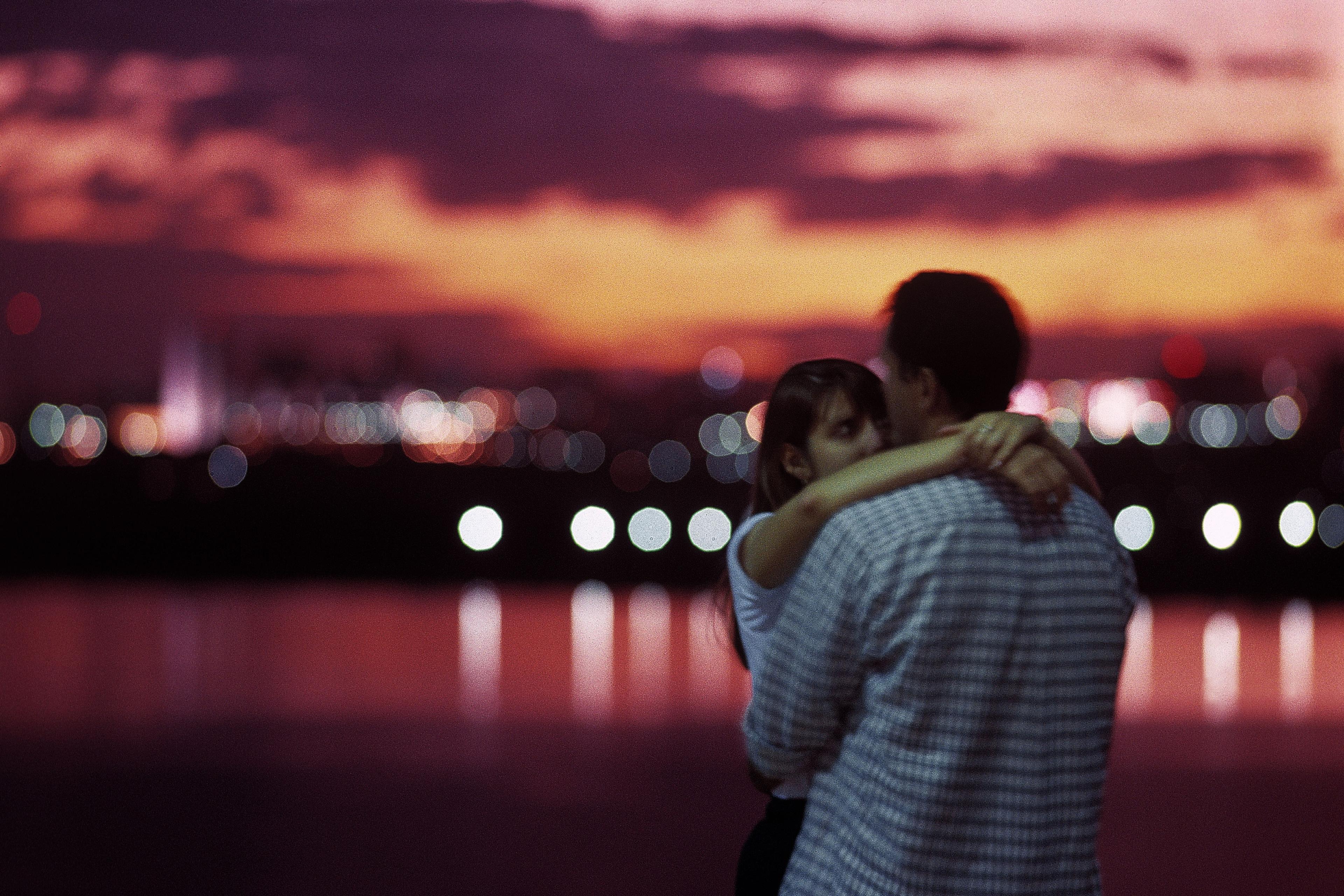
New research is showing the embodied nature of time perception and how it can fluctuate in tune with the heart’s beats
by Shayla Love
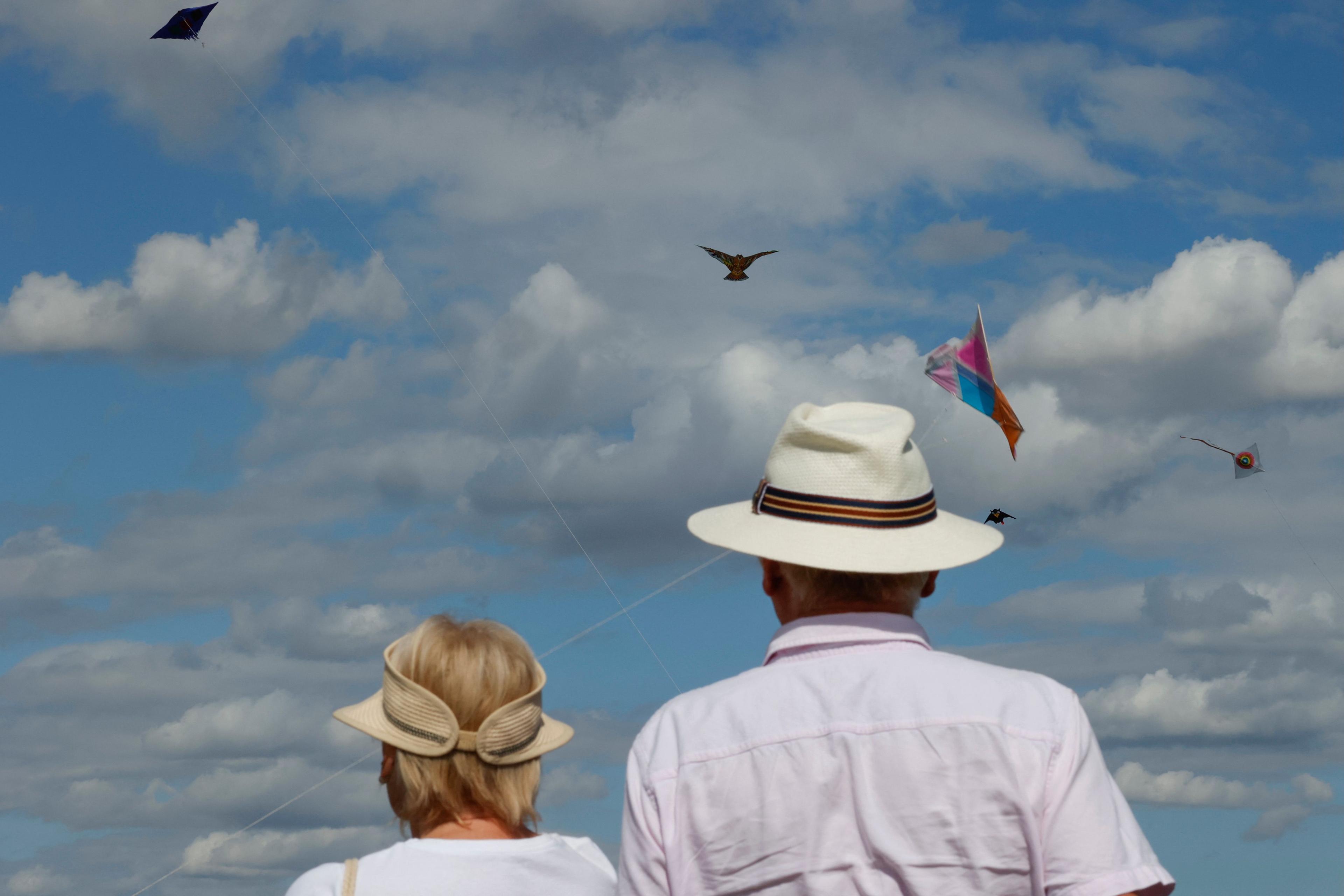
People with Alzheimer’s have richer memories of late childhood and early adulthood and this could help therapeutic care
by Dorthe Berntsen
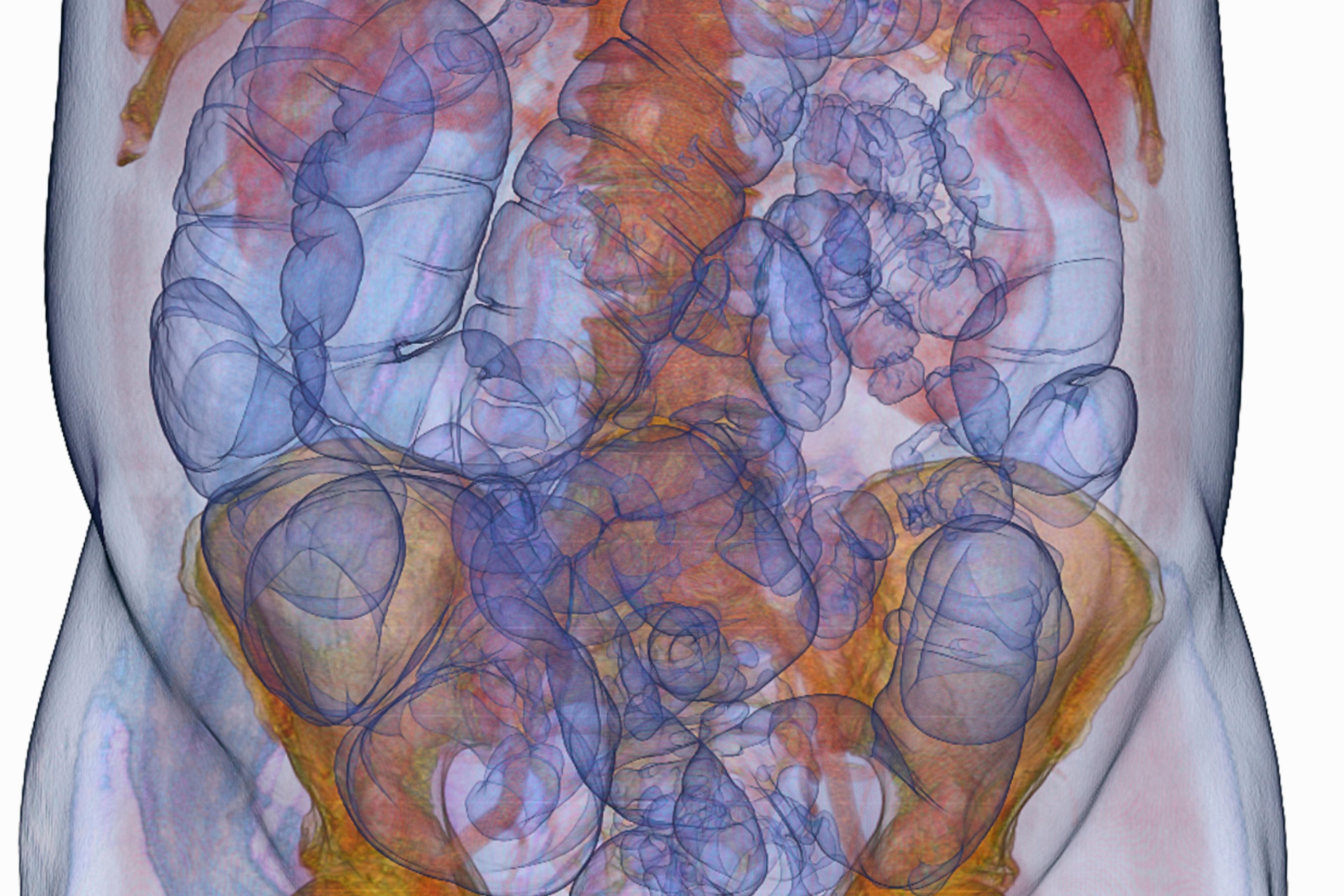
A new perspective uses an analogy between digestion and cognition to help explain the function of a key neurochemical
by James M Shine